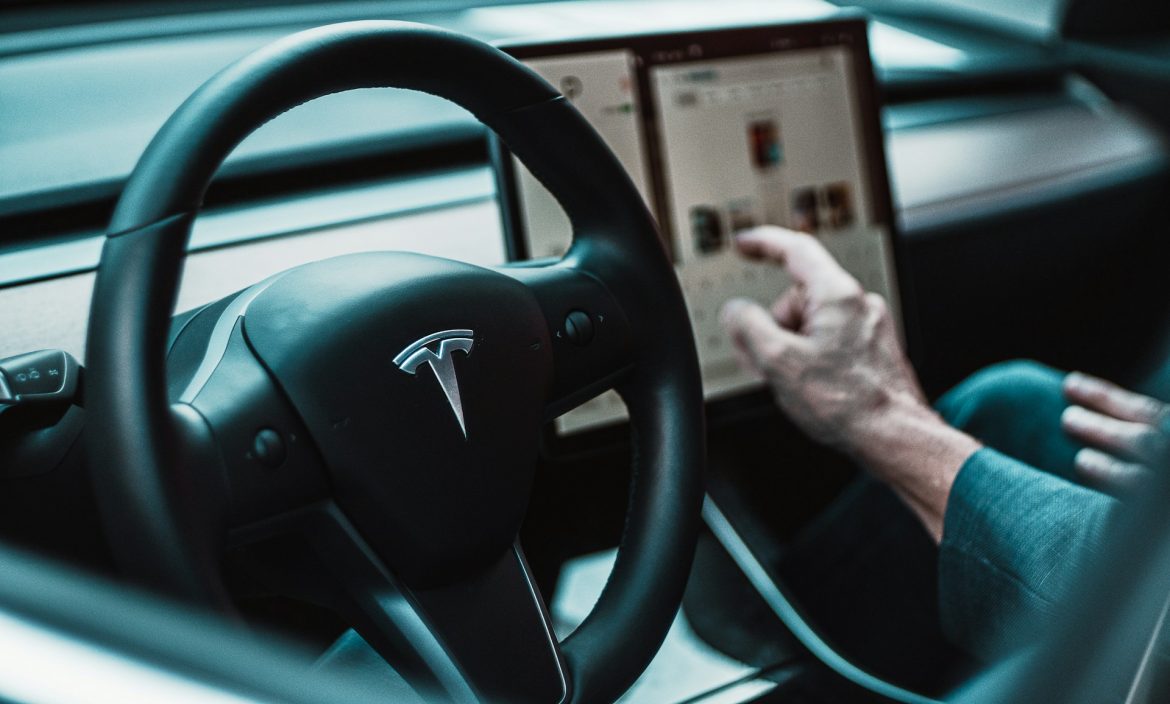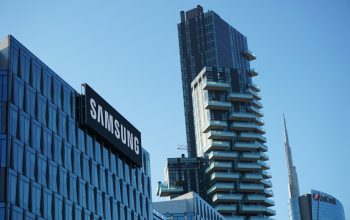Tesla’s grip on the world’s largest electric vehicle (EV) market is slipping. Once a key driver of the company’s global expansion, China has now become a serious challenge for Elon Musk’s EV giant as its market share drops and domestic rivals surge ahead.
A Swift Fall from Favor
What was once a major growth engine is now turning into a strategic headache for Tesla. China, long considered Tesla’s most stable and promising sales market, is showing signs of cooling enthusiasm toward the U.S. brand. After enjoying relative stability in China even as sales in the U.S. and Europe were pressured by political controversies and growing competition, Tesla is now facing a marked decline in its Chinese performance.
From January through April 2025, Tesla sold around 163,338 vehicles in China, according to the China Passenger Car Association (CPCA). While the year-over-year drop appears minimal at 0.3%, it’s a worrying signal in the context of an expanding overall market. Tesla’s stagnation stands out sharply as other manufacturers continue to grow.
Market Share Slips Significantly
According to Der Spiegel, Tesla’s position in the fast-growing New Energy Vehicle (NEV) segment in China is deteriorating rapidly. In just the first four months of 2025, the company’s market share shrank to 4.6%, pushing it down to fifth place among NEV makers. This is a significant fall from its second-place standing in 2023, highlighting the intensity of the competition Tesla now faces.
Aggressive Price War Leaves Tesla Behind
China has become the global battleground for EV dominance, with more than 160 brands fighting for market share through relentless price wars. Domestic giants like BYD and Geely are not only outperforming Tesla in terms of affordability but also in technology and product diversity. While Tesla has attempted to counter with updated models and temporary discounts—such as the refreshed Model Y—these measures have shown only limited and short-lived impact.
Sales of the revamped Model Y saw a brief uptick in March 2025, but numbers declined again in April. One contributing factor is Tesla’s absence in two key segments of the Chinese market: plug-in hybrids and range-extender vehicles, both of which are in high demand. Tesla’s EV-only strategy leaves it excluded from a substantial portion of consumer preferences in China.
From Innovator to Follower
Tesla was once hailed as a trailblazer in China. Back in 2019, the company made history as the first Western carmaker allowed to build a factory in the country without a local joint venture partner. That Shanghai Gigafactory was seen as a symbol of Musk’s global ambitions and China’s openness to foreign innovation.
But those days of clear competitive advantage are fading. Local manufacturers—especially BYD, which benefits from strong government support and offers a vast lineup of models—are outpacing Tesla on several fronts. What was once a pioneering edge has turned into a struggle to keep up.
A Turning Point in Tesla’s Global Strategy
China’s evolving EV landscape presents a critical moment for Tesla. The company must either adapt to local preferences and intensify its efforts to regain market momentum or risk further decline in what was once its most vital international stronghold. With innovation no longer a guarantee of leadership, Tesla faces the challenge of redefining its position in a hypercompetitive, rapidly changing market.






